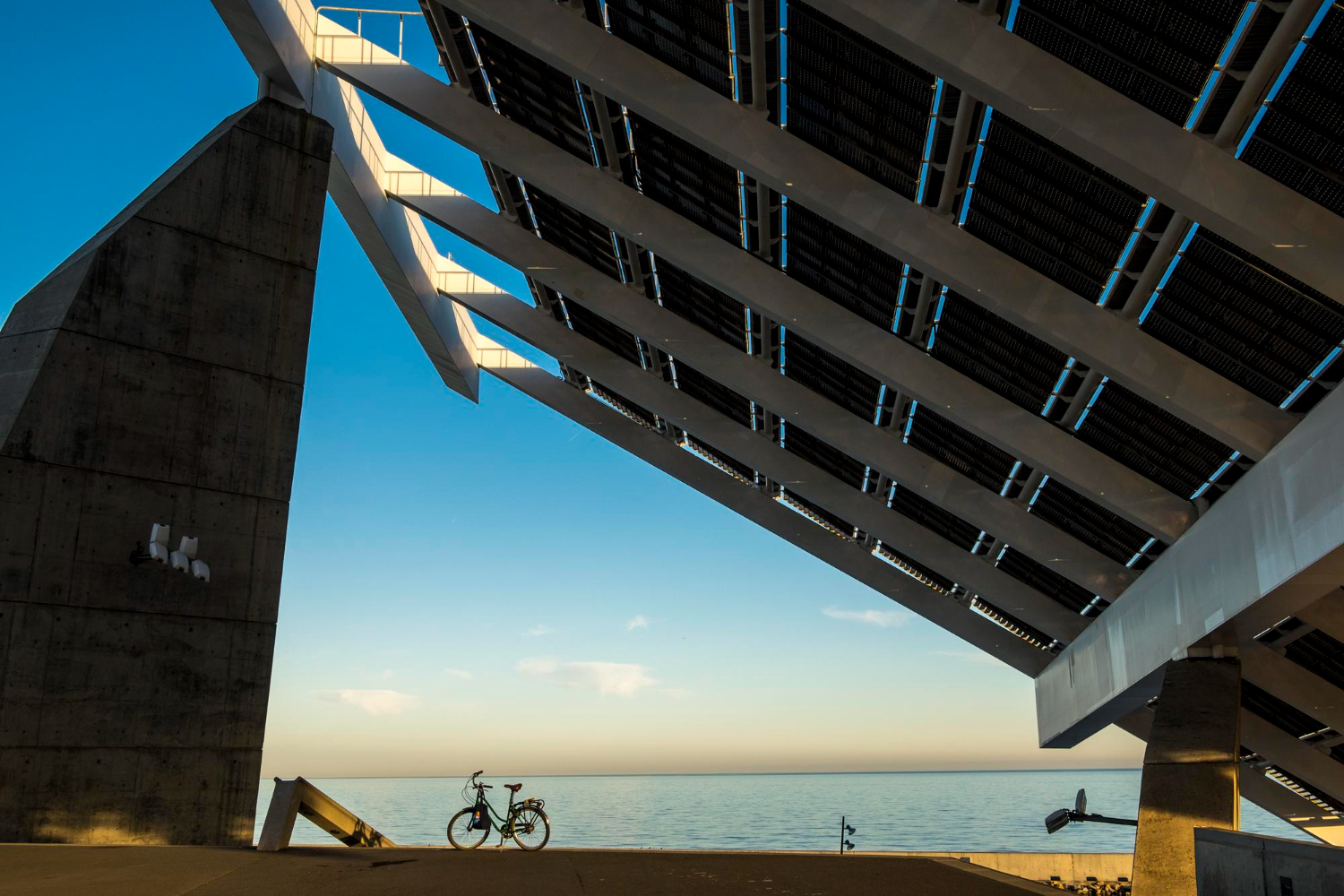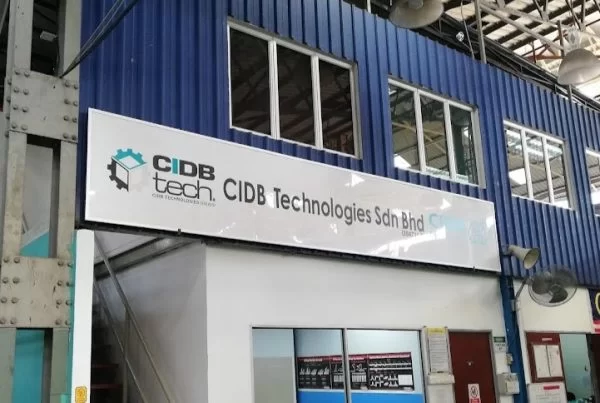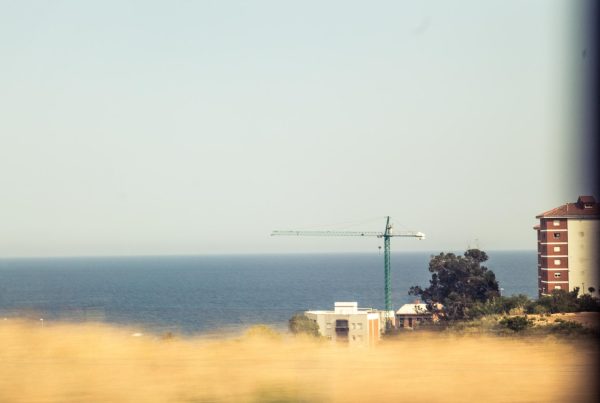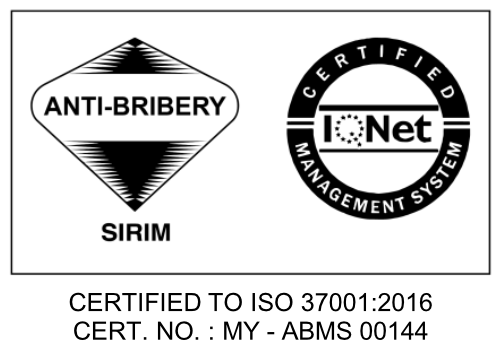
In Malaysia, the adoption of green building practices has increased steadily, primarily through initiatives such as the Green Building Index (GBI) and GreenRE certifications. Yet, passive design and energy-positive buildings remain rare, typically reserved for premium commercial or luxury residential developments.
Malaysia’s tropical climate makes it ideal for passive strategies such as cross ventilation, solar shading, thermal insulation, and daylighting. Traditional Malay architecture was once a masterclass in passive design, using raised floors, vented walls, and overhangs to create naturally extraordinary homes.
However, modern developments often prioritise aesthetics and cost-efficiency over environmental performance. Mass-market projects still rely on mechanical cooling and standardised designs that fail to address local heat and humidity challenges.
That said, there’s momentum building. Developers such as Gamuda, Sunway Group, and IJM are exploring solar-integrated façades, green walls, and rooftop gardens. Some townships are experimenting with low-energy homes and even microgrids powered by solar panels.
To scale this up, Malaysia needs more substantial regulatory incentives, like mandating passive strategies in new developments, offering tax breaks for net-zero homes, or introducing a nationwide Passive Building Code. Upskilling professionals through CIDB-led programmes in passive design, energy modelling, and sustainable materials is also essential.
Equally important is public awareness. Many homebuyers are unaware of how passive features, such as proper orientation and wall insulation, can reduce electricity bills and improve comfort. Consumer education campaigns and pilot projects could build demand from the ground up.
As construction costs rise and climate risks intensify, Malaysia stands to gain significantly from embracing passive and energy-positive building principles, not just as a trend, but as a standard.














